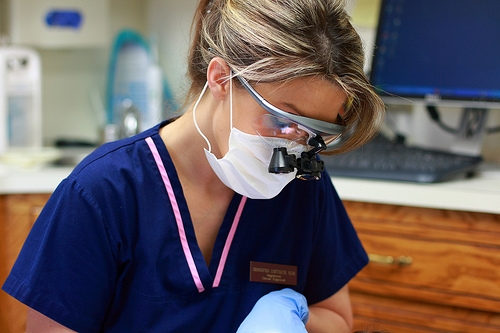Our Blog

An article was released to the public stating that dental X-rays contribute to a type of brain cancer. After reading an article like this, your

Healthy eating, combined with regular physical activity, plays a vital role in your child’s health and well-being. Dairy foods are naturally nutritious, packed with ten

Despite the extraordinary claims made for charcoal toothpaste, most dentists think that the accuracy of these claims is a very gray area. So, what is

Many people dread going to the dentist. Dental visits have the reputation of being painful and uncomfortable, and it is common for people to compare

Dental problems do not always wait for normal office hours. Broken fillings or damaged teeth are common reasons for emergency treatment. Toothaches and abscesses can

New Year’s Day marks the beginning of the calendar year in most parts of the world. The holiday is celebrated on January 1st of each

With advances in modern dentistry, a trip to San Elijo Dental these days is pretty routine. But visiting Dr Karina Gregg and our team still

Bad breath, or halitosis, is probably not a matter of life or death. But it can make you feel self-conscious and have a negative impact

Now that you are working hard to improve your dental health and appearance with your braces, it might seem like a logical time to whiten

